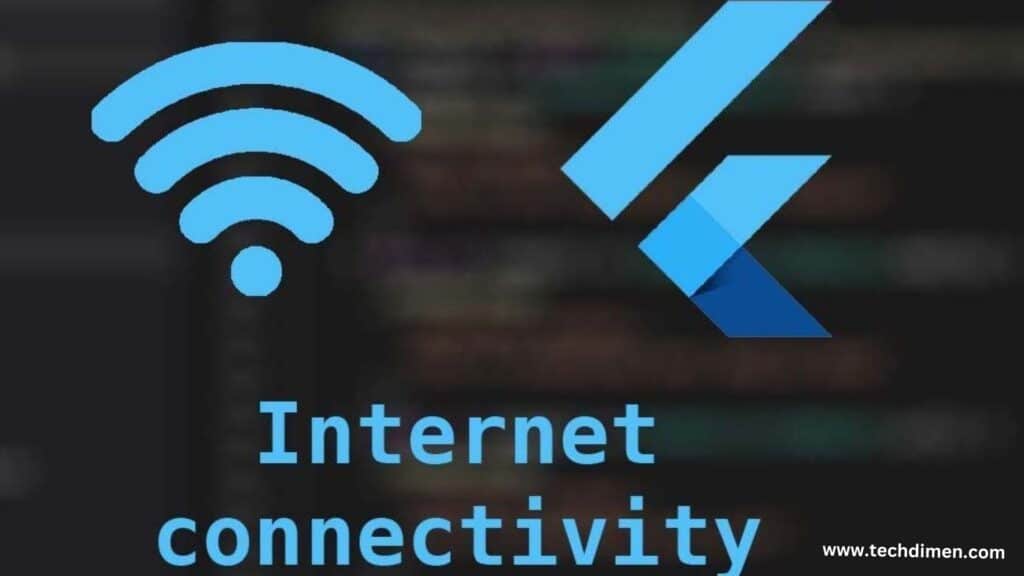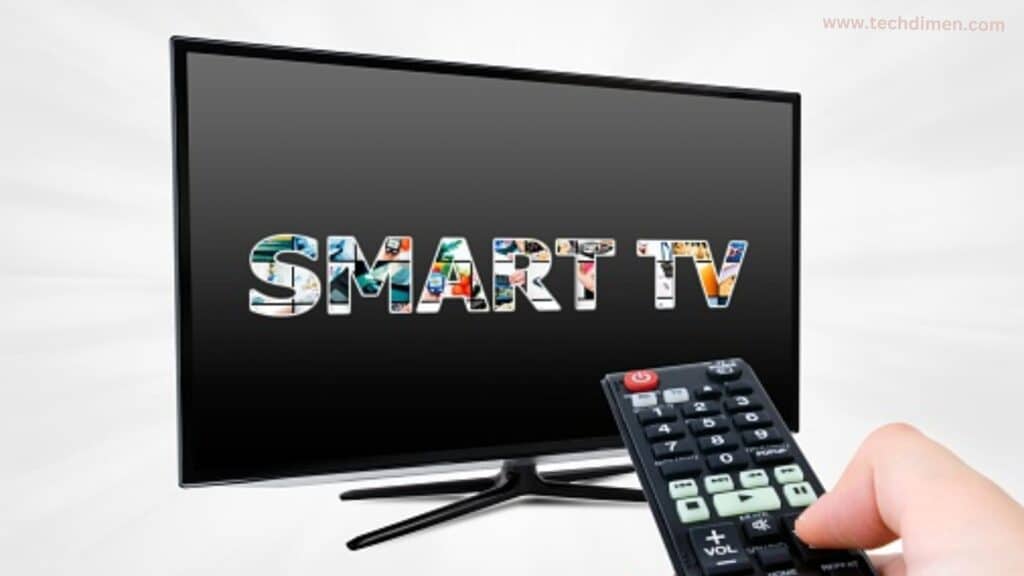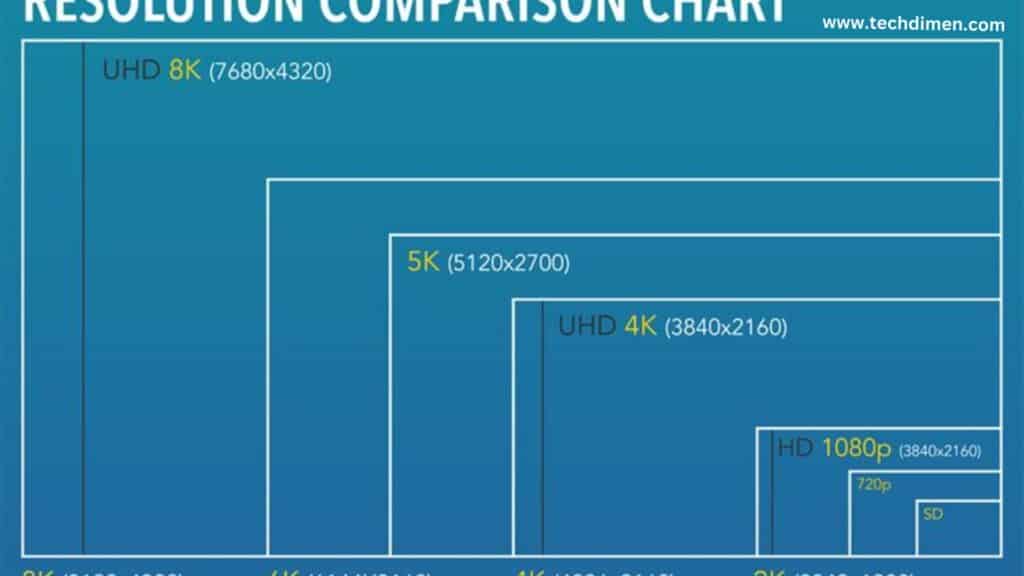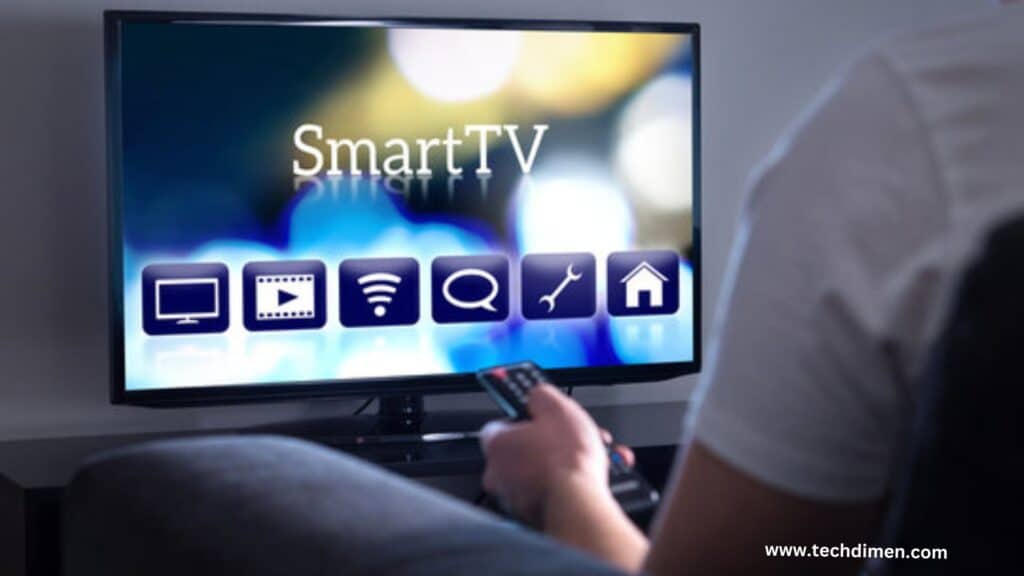A Smart TV is more than just a screen for watching shows. It’s an internet-connected device that combines entertainment, communication, and information access into one sleek package. From watching Netflix and Hulu to connecting with Alexa or Google Assistant, Smart TVs have reshaped how we consume media.
the Core of Smart TV Technology
A Smart TV integrates Wi-Fi or Ethernet to access online content directly. Unlike traditional televisions, which rely solely on cable, satellite, or external devices for programming, a Smart TV connects you to apps, games, and services via the internet. This creates a seamless user experience that’s interactive, dynamic, and continuously evolving.
Built in Internet Connectivity

One defining feature of a Smart TV is its ability to connect to the internet. Whether through built-in Wi-Fi or a wired Ethernet connection, the TV becomes a portal to web-based content. This allows real-time streaming, software updates, and integration with smart home systems.
Operating Systems Behind Smart TVs
Every Smart TV operates on a specific platform or operating system. Popular systems include Google TV, Roku TV, Tizen OS (Samsung), and webOS (LG). These platforms determine the user interface, app compatibility, and feature set of the TV.
App Support and Streaming Services

Smart TVs support a wide range of applications. Streaming services like Netflix, Disney+, Hulu, and Prime Video come pre-installed or are downloadable through the app store. Many Smart TVs also support side-loading of additional apps for more content options, including local news or niche channels.
How Smart TVs Function Like Computers

Modern Smart TVs contain processors, RAM, and storage much like smartphones or tablets. They process data, run apps, and deliver media using similar architecture. This makes Smart TVs powerful multi-purpose devices capable of much more than passive viewing.
Major Streaming Platforms Available on Smart TVs
Nearly all major platforms are accessible on Smart TVs. This includes global services like Netflix, Prime Video, and YouTube, as well as regional providers and specialized channels. Some Smart TVs even offer live TV integrations through apps like Sling TV or YouTube TV.
Beyond Streaming: Additional Smart Features
Smart TVs go beyond just video content. Many support music apps, fitness programs, weather updates, video calling, and even light web browsing. Smart TVs can act as digital picture frames or display news tickers and calendar notifications.
The Task Handling Capabilities of Smart TVs
Smart TVs manage multiple operations simultaneously. They stream video while downloading updates, run background apps, and listen for voice commands—all without lag. This multitasking is possible thanks to dedicated processing units and efficient operating systems.
Automatic Content Recognition
Smart TVs often include ACR technology that identifies what’s being watched to provide recommendations, targeted ads, and analytics. While it can enhance the user experience, it’s important to review privacy settings to control data sharing.
Highlighting Key Smart TV Features
Smart TVs are equipped with voice assistants, customizable dashboards, advanced content search, and multi user profiles. These features are designed to make the viewing experience more intuitive and personalized.
Smart Remote Control Evolution
Remote controls have evolved into smart remotes with voice command, motion sensors, and touch-sensitive buttons. Some remotes are now solar-powered or rechargeable via USB, reducing the need for disposable batteries.
Motion and Voice Recognition Technology

Many Smart TVs include built-in microphones and sensors. They recognize voice commands and gestures, allowing you to control the TV without touching the remote. This technology also supports accessibility for users with limited mobility.
Importance of Regular Software Updates
Firmware updates are crucial for maintaining performance and security. Manufacturers frequently roll out updates to add new features, enhance speed, and patch vulnerabilities. Keeping your Smart TV up to date ensures the best user experience.
Connectivity Options That Expand Your Setup
Smart TVs offer multiple connectivity options, including HDMI ports, Bluetooth, USB, and Wi-Fi Direct. These connections allow you to link gaming consoles, sound systems, external drives, and even smartphones for screen mirroring.
Display Technology and Picture Quality Explained
Different display technologies offer varying levels of performance. OLED delivers deep blacks and vibrant contrast. QLED enhances brightness and color vibrancy. LED offers affordability with decent picture quality. Each has strengths that suit specific viewing preferences.
Enhancing Usability Through Streamlined Management
Smart TVs now allow you to control other devices like soundbars and Blu-ray players from the TV itself. Universal remotes or CEC-enabled HDMI ports simplify operation by reducing the number of remotes and cables required.
The Emergence of Unified Remote Control Systems
With unified remote systems, you can control everything from one interface. These systems recognize connected devices and enable seamless switching between sources without manual setup. It’s a huge step toward hassle-free entertainment.
Future of TV Entertainment with Smart Technology
The future of Smart TVs lies in even higher resolutions, smarter AI, and better integration with smart homes. Expect 8K content to become mainstream, with AI tailoring content suggestions based on your habits and environment.
The Leap Toward 8K Resolution

While 4K is now standard, 8K TVs are becoming more accessible. They provide four times the resolution of 4K, making them ideal for large screens and immersive visuals. Content creators and platforms are slowly catching up to this technology.
Artificial Intelligence in Smart TVs
AI is already improving how we interact with Smart TVs. It’s used for voice recognition, content curation, adaptive brightness, and real-time upscaling of video quality. AI continues to make TVs smarter and more responsive to your needs.
Gaming Capabilities on Smart TVs
Smart TVs now cater to gamers with support for HDMI 2.1, Variable Refresh Rate (VRR), and low input lag. Features like Game Mode optimize performance. Some TVs even support cloud gaming platforms like GeForce NOW and Xbox Cloud Gaming.
Smart TVs and Data Privacy Considerations
| Feature | Smart TV | Regular TV |
|---|---|---|
| Internet Access | Built-in Wi-Fi or Ethernet | Not available |
| Streaming Apps | Preloaded (Netflix, YouTube, etc.) | Needs external device |
| Operating System | Yes (Android TV, webOS, Roku, etc.) | No |
| Voice Control | Supported (Alexa, Google Assistant) | Not supported |
| App Store | Yes – download more apps | No |
| Screen Mirroring | AirPlay, Chromecast, Miracast | No |
| Smart Home Control | Integrates with IoT devices | Not compatible |
| Software Updates | Automatic or manual | Not supported |
| Price | Higher due to features | More affordable |
FAQs
What exactly makes a TV “smart”?
A Smart TV connects to the internet and runs apps like Netflix, YouTube, and Hulu without needing external devices. It often includes voice control, screen casting, and software updates.
Can I turn my regular TV into a Smart TV?
Yes. You can use devices like Roku, Amazon Fire Stick, Google Chromecast, or Apple TV to add smart features to a non-smart TV.
Do Smart TVs require internet to work?
No, they can function like regular TVs for cable or DVD use. However, internet is required to stream, update apps, and use smart features.
Is there a monthly fee to use a Smart TV?
Owning a Smart TV has no monthly cost. But some apps like Netflix or Disney+ require subscriptions.
Are Smart TVs safe for privacy?
Smart TVs collect data like viewing habits or voice commands. You can reduce tracking by disabling certain permissions in the settings.
How long do Smart TVs usually last?
On average, 6–8 years with regular use. However, older models may stop receiving updates after 3–5 years.
Do all Smart TVs support the same apps?
No. App availability depends on the TV’s operating system. For example, Tizen OS (Samsung) differs from webOS (LG) or Google TV.
What’s the difference between Smart TVs and Android TVs?
All Android TVs are Smart TVs, but not all Smart TVs use Android. Android TVs run Google’s OS and offer broader app access through Google Play.
Final Thoughts on What a Smart TV Offers
Smart TVs are no longer luxuries—they are the standard for modern viewing. They combine entertainment, connectivity, and smart technology into one cohesive experience. Whether streaming, gaming, or managing smart home devices, a Smart TV adapts to your lifestyle and grows smarter over time.

Jhon AJS is a tech enthusiast and author at Tech Dimen, where he explores the latest trends in technology and TV dimensions. With a passion for simplifying complex topics, Jhon aims to make tech accessible and engaging for readers of all levels.







